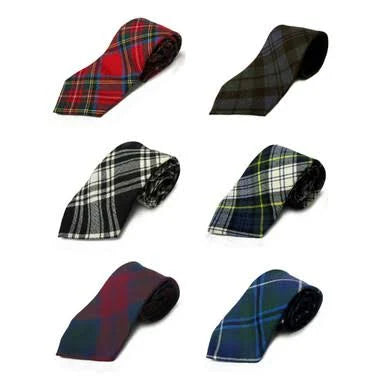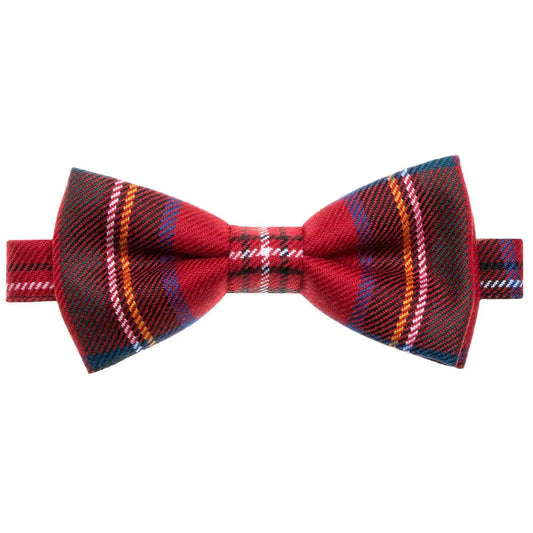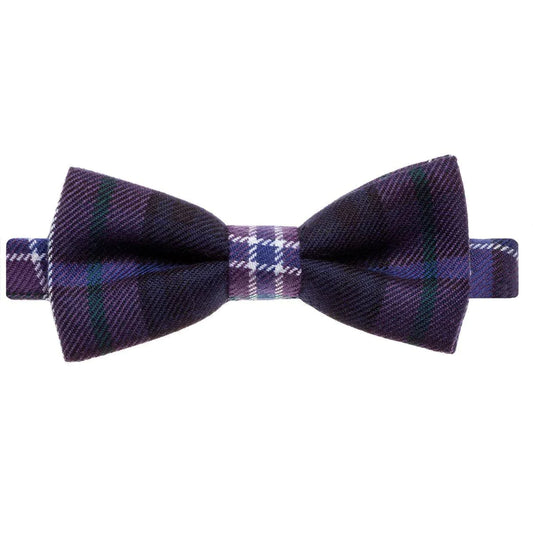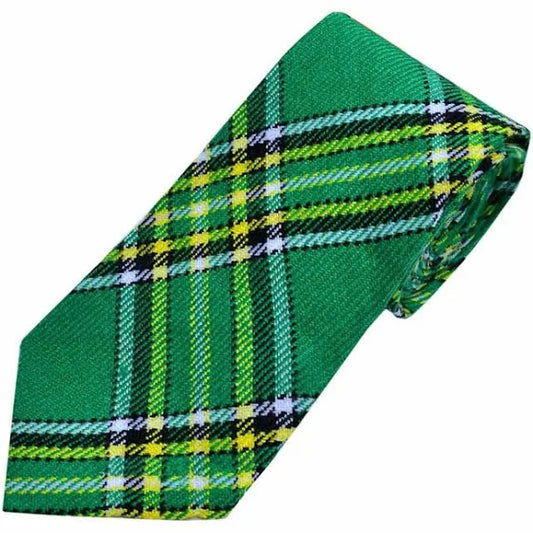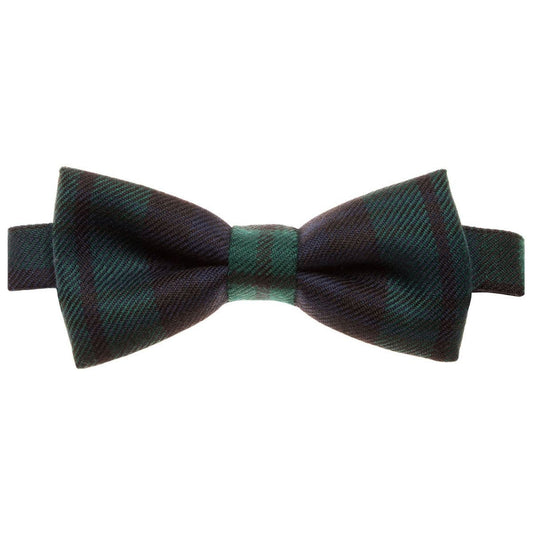-
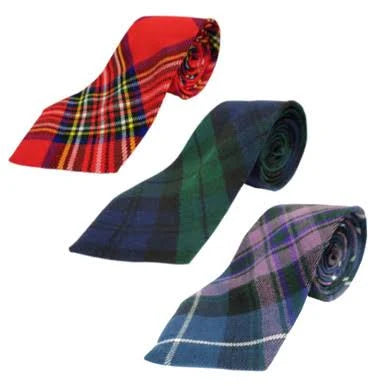 Sale
SaleTartan Tie For Sale
Regular price $42.00 CADRegular priceUnit price / per$69.00 CADSale price $42.00 CADSale -
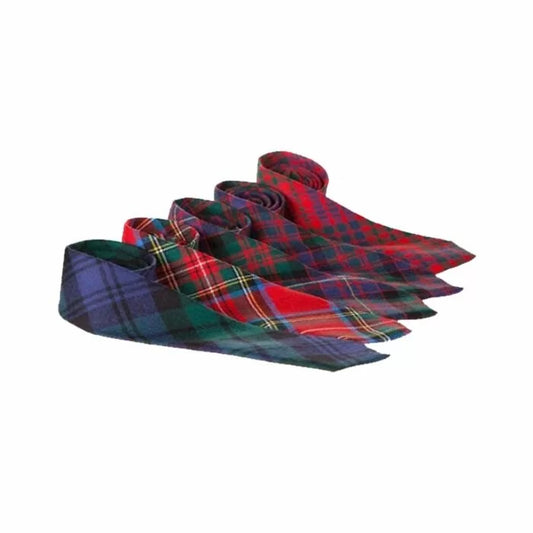 Sale
SaleTartan Tie
Regular price $42.00 CADRegular priceUnit price / per$69.00 CADSale price $42.00 CADSale -
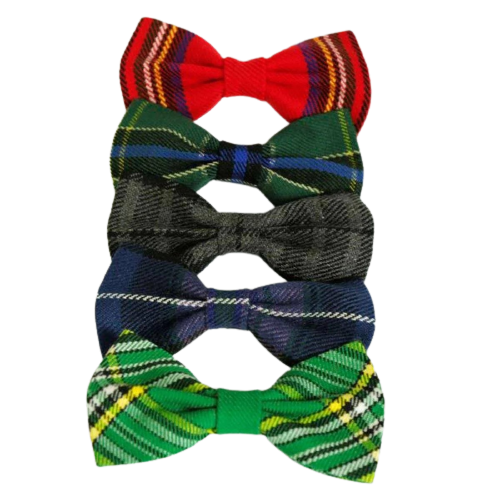 Sale
SaleTartan Bow Ties
Regular price $42.00 CADRegular priceUnit price / per$69.00 CADSale price $42.00 CADSale -
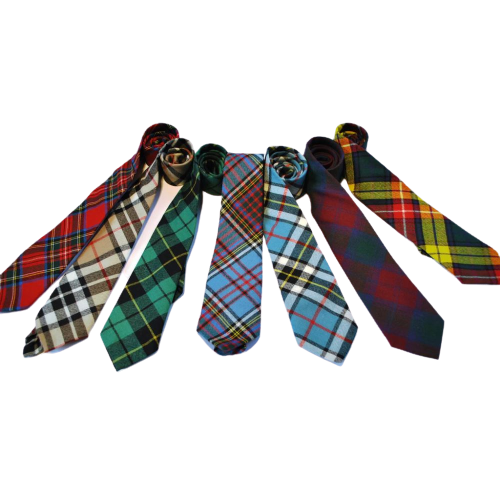 Sale
SaleScottish Tartan Tie
Regular price $42.00 CADRegular priceUnit price / per$69.00 CADSale price $42.00 CADSale -
Scottish Kilt Tartan Tie
Regular price $42.00 CADRegular priceUnit price / per$69.00 CADSale price $42.00 CADSale -
Royal Stewart Tartan Bow Tie
Regular price $42.00 CADRegular priceUnit price / per$69.00 CADSale price $42.00 CADSale -
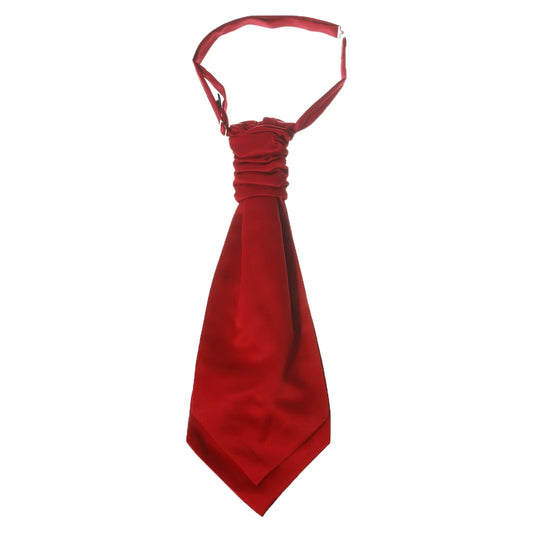 Sale
SaleRed Kilt Tie
Regular price $42.00 CADRegular priceUnit price / per$69.00 CADSale price $42.00 CADSale -
Pride Of Scotland Tartan Bow Tie
Regular price $42.00 CADRegular priceUnit price / per$69.00 CADSale price $42.00 CADSale -
Irish National Tartan Kilt Tie
Regular price $42.00 CADRegular priceUnit price / per$69.00 CADSale price $42.00 CADSale -
Black Watch Tartan Bow Tie
Regular price $42.00 CADRegular priceUnit price / per$69.00 CADSale price $42.00 CADSale
Collection: Kilt Ties
Kilt Ties: A Stylish Accent to Scottish Highland Attire
Introduction: Kilt ties are essential accessories that add a touch of sophistication and refinement to traditional Scottish Highland dress. These distinctive neckwear pieces complement the attire worn with a kilt, offering wearers an opportunity to express their personal style while adhering to the rich cultural traditions of Scotland. In this guide, we'll delve into the origins, features, styling options, and cultural significance of kilt ties, highlighting their importance as integral components of Highland attire.
Origins and Evolution: The tradition of wearing ties with Highland dress dates back to the Victorian era when formal attire became increasingly standardized. While ties were not originally part of traditional Highland dress, they were later incorporated into formal Highland attire to create a cohesive and polished look. Today, kilt ties come in various styles, patterns, and materials, offering wearers a wide range of options to suit their individual tastes and preferences.
Features of Kilt Ties:
-
Materials: Kilt ties are typically made from silk, wool, or polyester, with silk being the most common choice for formal occasions due to its luxurious sheen and smooth texture. Wool ties offer a more casual and rustic appeal, while polyester ties provide durability and affordability.
-
Patterns and Designs: Kilt ties come in a variety of patterns and designs, including tartan, plaid, stripes, checks, and solid colors. Tartan ties, in particular, are popular choices as they allow wearers to coordinate their tie with the tartan of their kilt, creating a harmonious and cohesive ensemble.
-
Length and Width: Kilt ties are generally longer and narrower than conventional neckties, with lengths ranging from 52 to 56 inches and widths ranging from 2.5 to 3.5 inches. This elongated silhouette complements the vertical lines of the kilt and creates a balanced and proportionate look when worn with Highland attire.
Cultural Significance: Kilt ties hold cultural significance as symbols of elegance, tradition, and attention to detail in Scottish Highland dress:
-
Formal Attire: Kilt ties are essential components of formal Highland attire, worn for special occasions such as weddings, ceilidhs, and ceremonial events. Their presence adds a touch of sophistication and refinement to the ensemble, reflecting the wearer's respect for tradition and adherence to formal dress codes.
-
Personal Expression: While kilt ties adhere to certain stylistic conventions, they also offer wearers an opportunity to express their personal style and individuality. Whether choosing a tartan tie to coordinate with their kilt or selecting a pattern or color that reflects their personality, wearers can customize their look to suit their preferences.
Styling Options for Kilt Ties:
-
Coordinating with Tartan: Pair a tartan kilt tie with the tartan of the kilt for a coordinated and polished look. Choose a tie that features the same tartan pattern or colors as the kilt to create a cohesive ensemble that showcases attention to detail and traditional styling.
-
Contrasting Colors: Alternatively, opt for a kilt tie in a complementary or contrasting color to add visual interest and dimension to the outfit. For example, pair a solid-colored tie with a tartan kilt or choose a tie with subtle stripes or checks to add texture and depth to the ensemble.
-
Accessorizing: Complete the look with additional accessories such as a kilt pin, cufflinks, or a sporran chain to enhance the overall aesthetic and add a touch of sophistication to the outfit. Consider coordinating the metals and finishes of these accessories for a cohesive and harmonious look.
Conclusion: Kilt ties are essential accessories that play a vital role in completing the polished and refined look of Scottish Highland attire. With their diverse range of styles, patterns, and materials, kilt ties offer wearers endless possibilities for expressing their personal style while adhering to the rich cultural traditions of Scotland. Whether worn for formal events, ceremonial occasions, or everyday wear, kilt ties serve as elegant accents that embody the timeless charm and sophistication of Highland dress.





